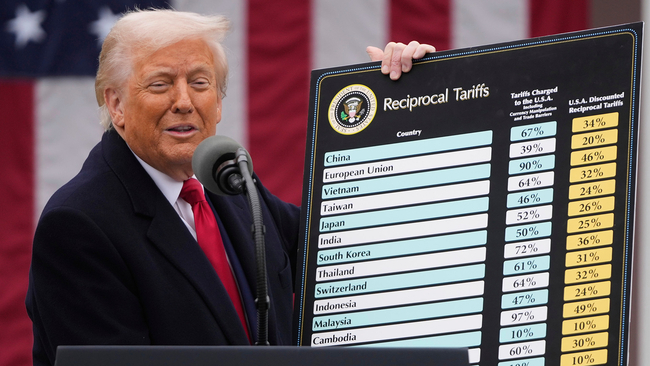Navigating the Complex Terrain of Leadership in Family-Owned Businesses: A Path Beyond the Cul-de-Sac
Two true tales after being brought in as the General Manager for two family-owned businesses, I have learnt much about the importance of detachment.
Family-owned businesses are a cornerstone of the global economy, contributing significantly to job creation, economic development, and wealth generation. However, leadership within these enterprises often encounters unique challenges that, if not carefully managed, can lead to what many perceive as a cul-de-sac—a dead end with seemingly no way forward. This blog post explores the intricacies of leadership in family-owned businesses and proposes strategies to navigate beyond the perceived impasse.
The Unique Challenges of Leadership in Family-Owned Businesses
Leadership in family-owned businesses is profoundly influenced by the intertwining of family dynamics and business operations. This unique blend, while a source of strength, introduces several challenges:
- Succession Planning: The transition of leadership from one generation to the next is a critical phase for family-owned businesses. Without a clear and agreed-upon succession plan, this process can become a source of conflict and uncertainty, potentially leading to a leadership vacuum.
- Emotional Dynamics: Family relationships can complicate decision-making processes. Emotions and personal relationships may overshadow business considerations, leading to decisions that are not in the best interest of the company’s future.
- Resistance to Change: In many family-owned businesses, there is a tendency to adhere to traditional ways of doing things. This resistance to change can hinder innovation and adaptability, essential components for thriving in today’s fast-paced business environment.
- Governance and Professionalism: Establishing a formal governance structure that delineates the boundaries between family and business is often overlooked. The lack of professional management practices can impede the company’s growth and sustainability.
Strategies to Navigate Beyond the Cul-de-Sac
Despite these challenges, family-owned businesses can implement strategies to ensure effective leadership and sustainable growth:
- Implement Formal Governance Structures: Establishing clear governance mechanisms, such as a family constitution, shareholders’ agreements, and a professional board of directors, can help manage family dynamics and align business operations with strategic goals.
- Foster Open Communication: Encouraging open and transparent communication within the family and the business can mitigate misunderstandings and conflicts. Regular family meetings and business updates can facilitate dialogue and build trust.
- Embrace External Perspectives: Bringing in external advisors or non-family executives can introduce new ideas, professionalize business operations, and provide impartial perspectives on strategic decisions.
- Plan for Succession Early: Succession planning should be a continuous process that identifies and prepares future leaders, whether family members or external candidates. Providing leadership training and involving the next generation in strategic projects can ease the transition.
- Cultivate a Culture of Innovation: Encouraging a culture that values innovation and adaptability can help family-owned businesses stay competitive. Investing in new technologies, exploring new markets, and being open to strategic partnerships can drive growth and renewal.
Conclusion
Leadership in family-owned businesses does not have to end in a cul-de-sac. By recognizing the unique challenges and implementing strategic measures to address them, family-owned businesses can navigate the complex terrain of leadership effectively. The key lies in balancing the preservation of family values with the professional management and strategic vision required to thrive in the global business landscape. Through careful planning, open communication, and embracing change, family-owned businesses can ensure their legacy endures for generations to come.










